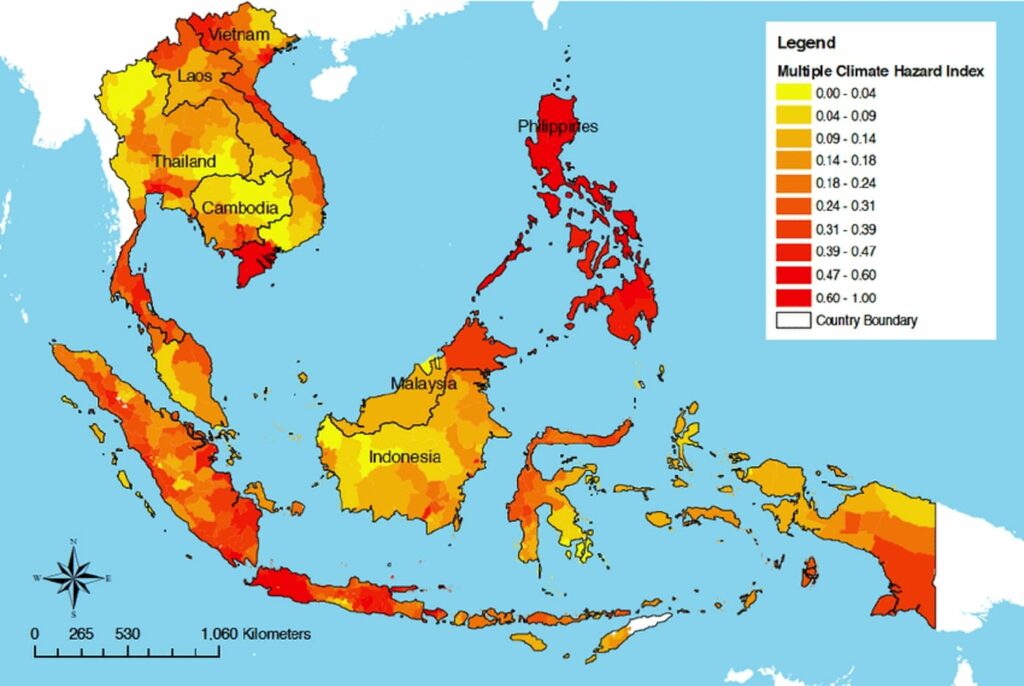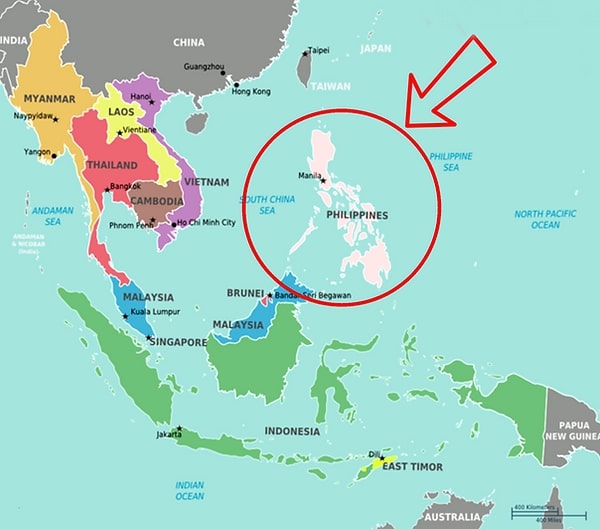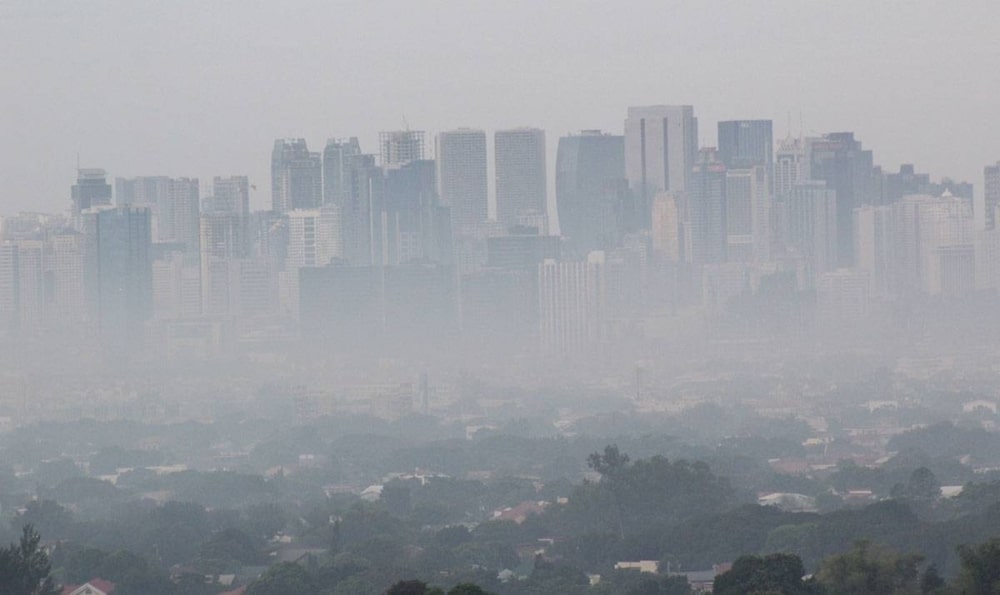
Explainer: Why Is It So Hot in the Philippines?
The Philippines is a beautiful tropical country located in Southeast Asia. It is known
for its stunning beaches, crystal-clear waters, lush green forests, and diverse wildlife.
But, let’s admit it, we all have the same pet peeve: the heat! The Philippines is notoriously hot and humid, and it’s not uncommon to regularly experience temperatures in the mid to high 30s C (mid-90s F).
But why is it so hot in the Philippines? Read on find out!
The Climate in the Philippines

The Philippines is in the tropical zone, with a warm climate year-round.
Average temperatures during summer months (March to May) are between 28 C and 32 C (82 F and 90 F), while winter temperatures range from 23 C to 28 C (73 F to 82 F).
Humidity levels tend to be high throughout the year due to frequent rains, but they can also reach 80 percent during dry spells or when there’s no wind blowing through trees or buildings.
The country is divided into three climatic zones: wet season, dry season, and the transition period between these two seasons. The wet season lasts from June until January, while the dry season lasts from February until May.
Regardless, the humidity makes the weather close to unbearable, especially during the summer. No wonder Filipinos have so many malls – they go there just to beat the heat!
Why is it so hot in the Philippines?
1. It’s close to the equator.

Being close to the equator means the Philippines receives direct and intense sunlight yearly.
The equator is an imaginary line that divides the Earth’s middle into two equal parts, and the Philippines falls within this region. As a result, the sun’s rays directly hit the country, leading to higher temperatures than in other parts of the world.
The country’s geography is another contributing factor. The Philippines comprises over 7,000 islands, with the majority having a coastline.
The Philippines also has a maritime climate, which means that it is influenced by the surrounding seas that keep the temperature relatively constant and humid.
2. There’s a significant amount of air pollution, especially in the cities.

Besides the natural factors, human activities such as air pollution have significantly contributed to worsening the already-scorching weather conditions in the Philippines.
The burning of fossil fuels, industrial emissions, and the use of vehicles contribute to air pollution, which further intensifies the heat.
3. There isn’t enough green space.

Numerous regions in the Philippines that are highly populated and urbanized are facing a significant issue, which is the lack of green spaces. This issue significantly exacerbates the already scorching heat prevalent in the area.
Deforestation reduces the number of trees that absorb carbon dioxide and provide shade, making it harder for the environment to regulate itself.
Trees and other types of vegetation play a vital role in regulating the temperature and humidity levels in the surroundings, and their absence leads to a considerable increase in temperature.
Indeed, there’s no escaping the heat in the Philippines. But thankfully, there are plenty of amazing spots (Where can I go adventure in the Philippines?) in this country that can’t be missed, explaining why many tourists continue to come and visit!





